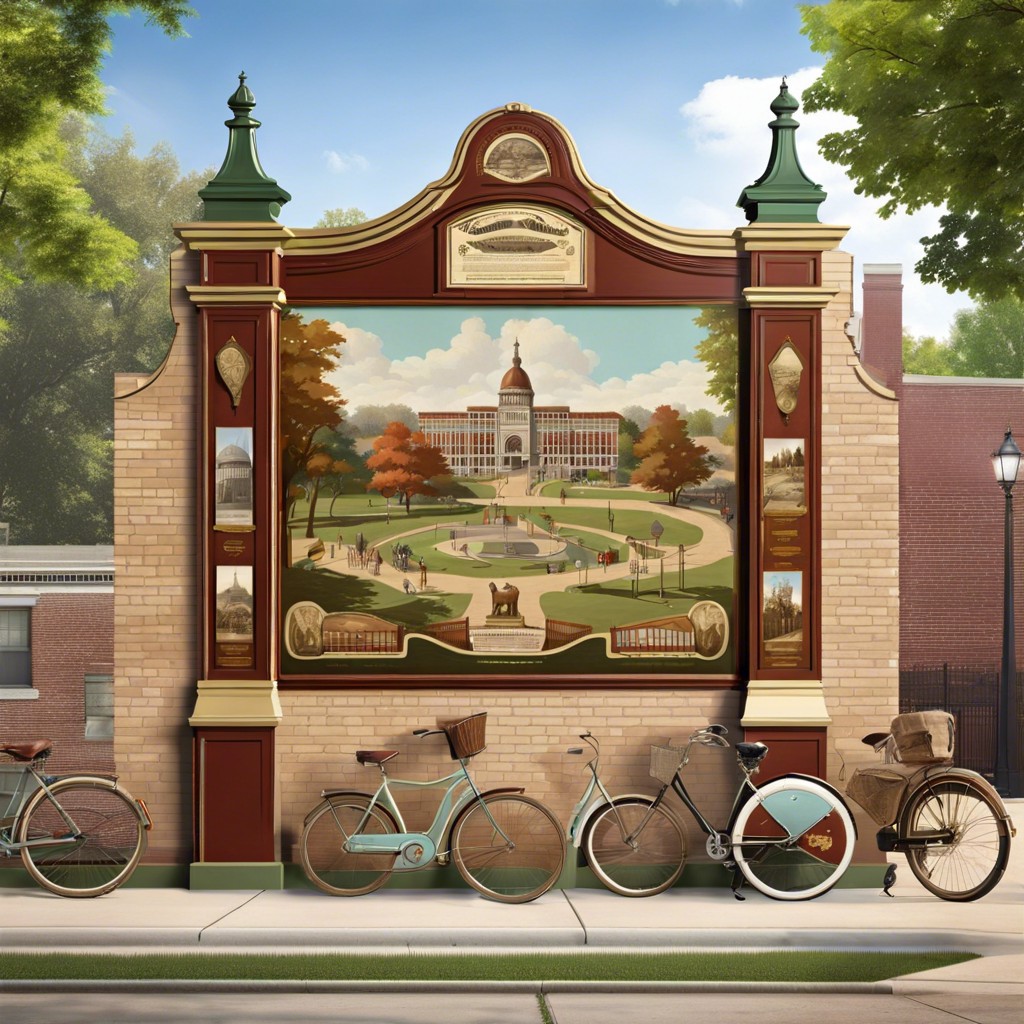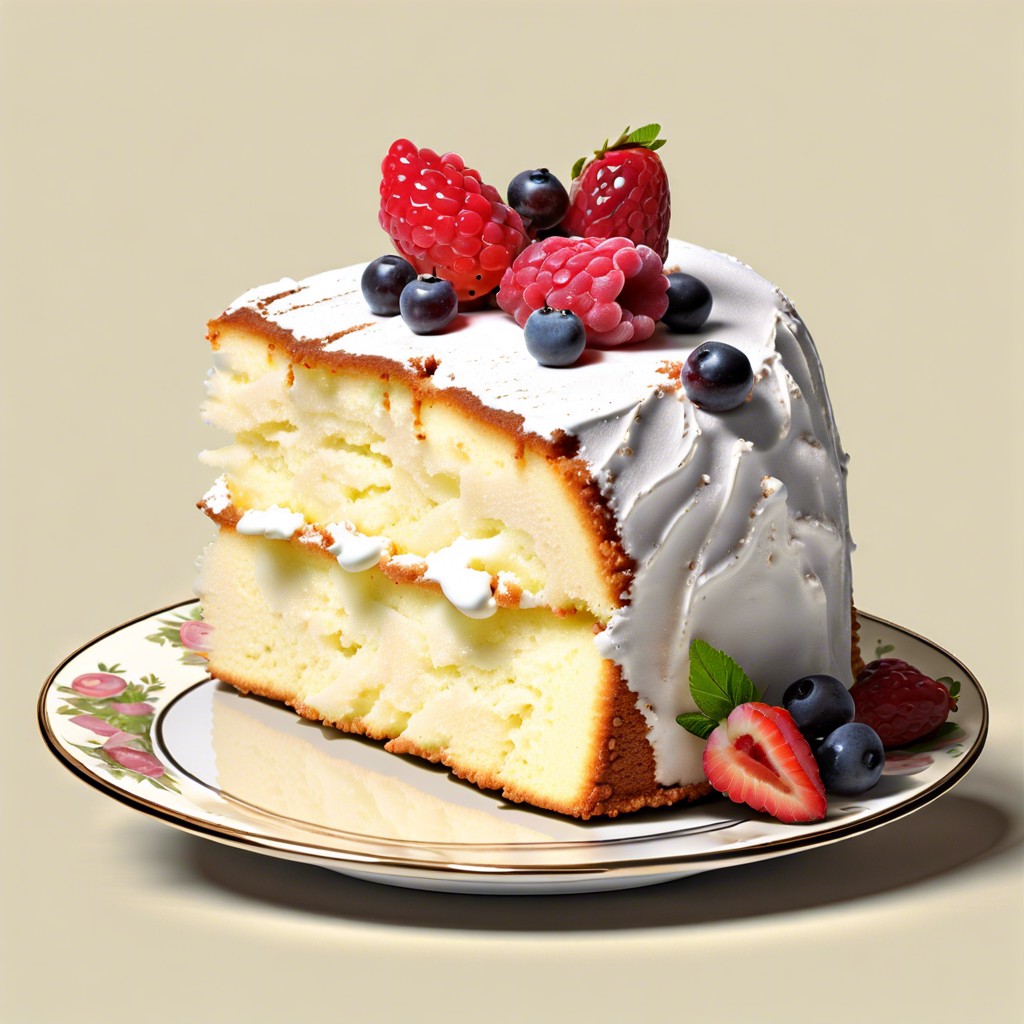Last updated on
Vintage culture encompasses the appreciation and collection of items and aesthetics from previous eras, reflecting a nostalgia for the past and an admiration for the craftsmanship and design of earlier times.
Key takeaways:
- Vintage culture celebrates craftsmanship and design from previous eras.
- Vintage items provide tangible connections to history and cultural relevance.
- Vintage culture encompasses fashion, home decor, technology, and entertainment.
- Embracing vintage items promotes sustainable living and mindful consumption.
- Vintage markets contribute to the preservation of cultural heritage and stimulate local economies.
Defining Vintage Culture

Vintage culture celebrates the aesthetic and quality of goods and styles from the 1920s to the 20th century’s latter decades. It represents a connection to the past through the preservation and revitalization of fashion, furniture, art, and other collectibles. This culture is not about mere nostalgia; it also acknowledges the craftsmanship and timeless design of earlier periods, which often contrast with today’s mass-produced items. Enthusiasts of vintage culture often seek authenticity, opting for pieces with history and character over newer, more generic options. The resurgence of vinyl records and analog cameras are prime examples of this cultural movement, where old technologies and styles gain new appreciation in the modern era.
Historical Significance
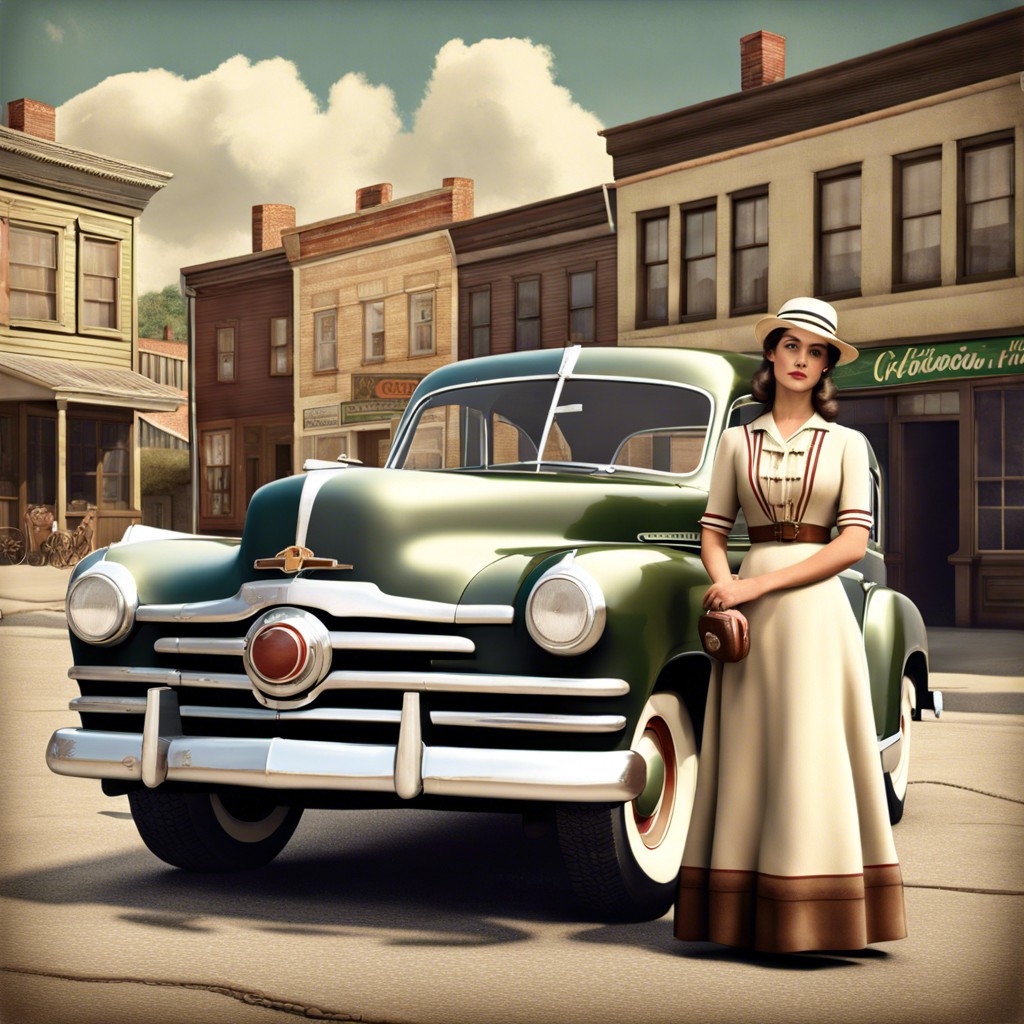
Vintage culture captures the essence of earlier periods, often characterized by their unique design, craftsmanship, and cultural relevance. These artifacts, be they in fashion, home decor, or technology, serve as tangible connections to the past, allowing contemporary society to experience and learn from bygone eras. Collectors and enthusiasts seek out vintage items for their historical value, often preserving and restoring them to their original condition, which in itself has become an important cultural practice.
The allure of vintage items is not purely aesthetic or nostalgic; it reflects a society’s desire for authenticity and originality, contrasting with the homogeneity of mass-produced goods. By valuing the past, vintage culture also serves to chronicle the evolution of artistic and societal trends, providing insight into the prevailing attitudes and technologies of specific time periods. This appreciation creates a multi-generational dialogue, linking the present with the lessons and legacies of history.
Key Elements of Vintage Culture
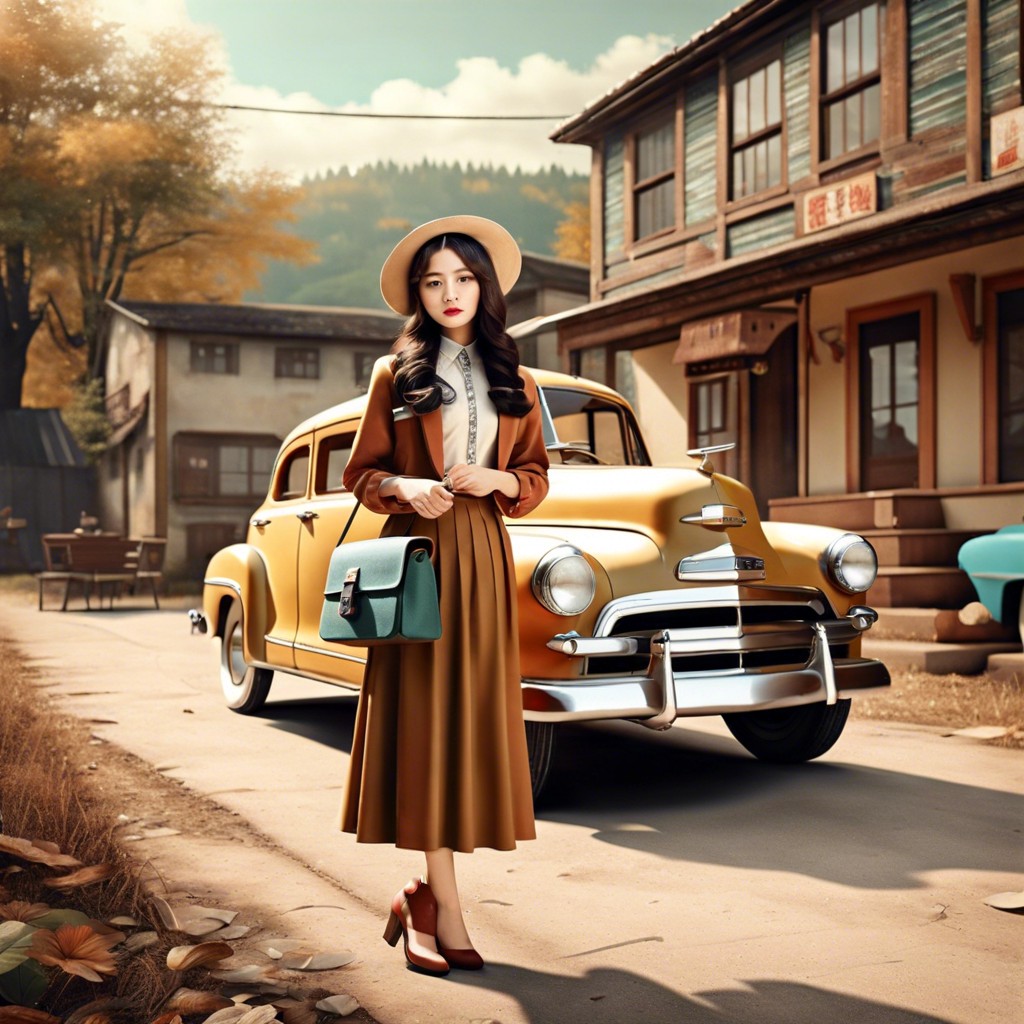
Vintage culture embodies more than just aged objects; it represents an appreciation for craftsmanship and design from past decades. Collectors and aficionados focus on quality and historical context when curating pieces from as varied as the 1920s Art Deco period to the colorful boldness of the 1980s.
At its core, vintage culture cherishes the stories behind objects. Patina on furniture or a classic vinyl record carries narratives of previous eras, offering a tangible connection to history. The culture reveres authenticity, with enthusiasts striving to preserve original features and resist modern alterations.
Engagement with these cultural relics frequently extends to fashion, where vintage clothing not only showcases unique styles but also promotes individual expression. Clothing items are often lauded for superior durability, showcasing materials and stitching that endure well beyond the lifespan of contemporary fast-fashion products.
In entertainment and lifestyle, vintage culture manifests through a resurgence of analog technology like film cameras and vinyl players. The tactile experience and distinct quality these provide contrast sharply with the ephemeral and digital nature of modern entertainment.
Social interactions within vintage culture emphasize knowledge exchange, where communities come together to share expertise and celebrate historic milestones. Events like antique fairs, car shows, and themed parties are prime examples of social gatherings that reinforce community bonds while honoring the past.
Role in Sustainable Living
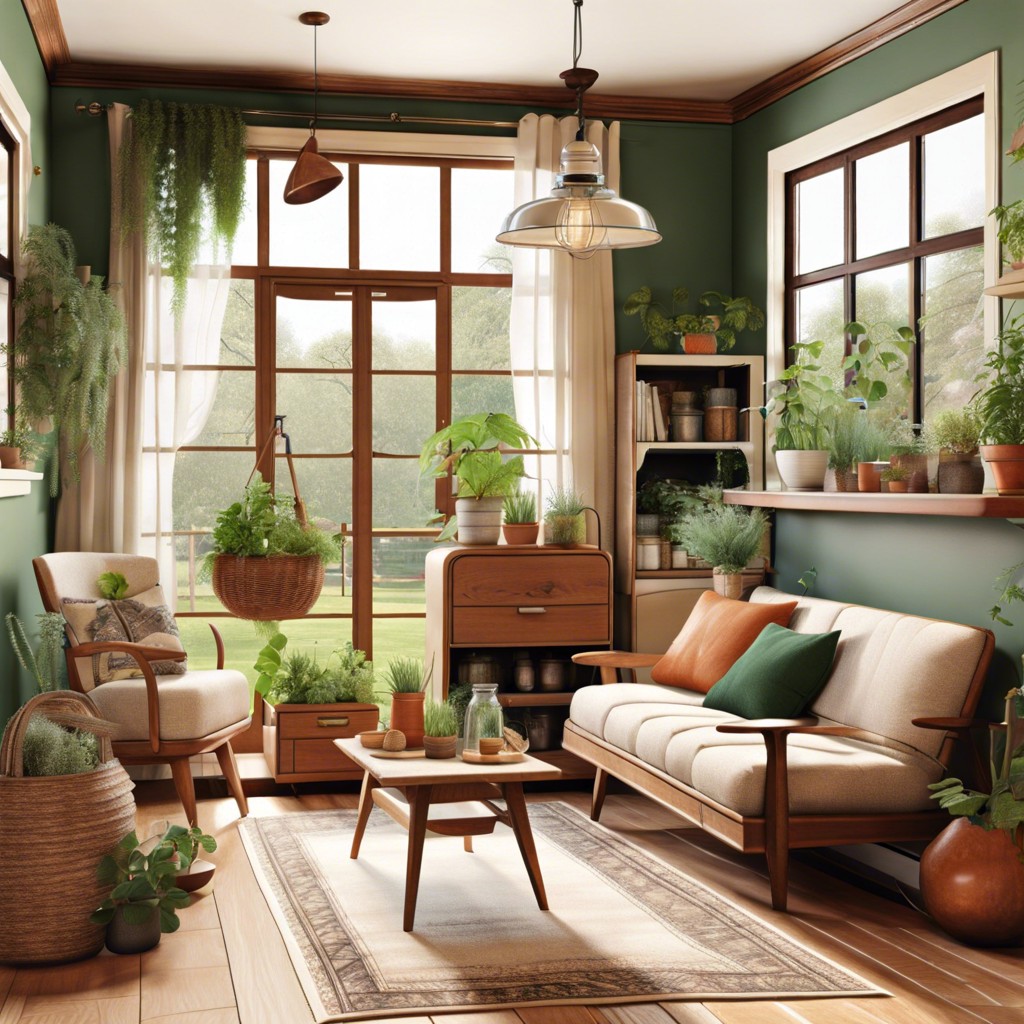
Embracing vintage items is more than an aesthetic choice; it’s a testament to mindful consumption. By integrating pre-loved goods into our lives, we not only preserve the narrative of the past but also counter the throwaway culture prevalent today. Each vintage piece reused or repurposed is one less item contributing to landfill waste.
Additionally, vintage culture promotes the circular economy. Items circulate for longer periods, reducing the demand for new products and the resources needed for production. This cycle supports energy conservation and diminishes the carbon footprint associated with manufacturing.
Moreover, the preservation and repair skills that often accompany vintage collecting contribute to sustainable living. These practices stand in opposition to modern consumerism, which frequently overlooks the longevity and repairability of products.
Vintage culture serves as a reminder of quality over quantity. The craftsmanship of earlier eras highlights the benefits of investing in well-made, enduring items that can be appreciated and utilized for generations, thus fostering an environment of sustainability.
Economic Impact of Vintage Markets
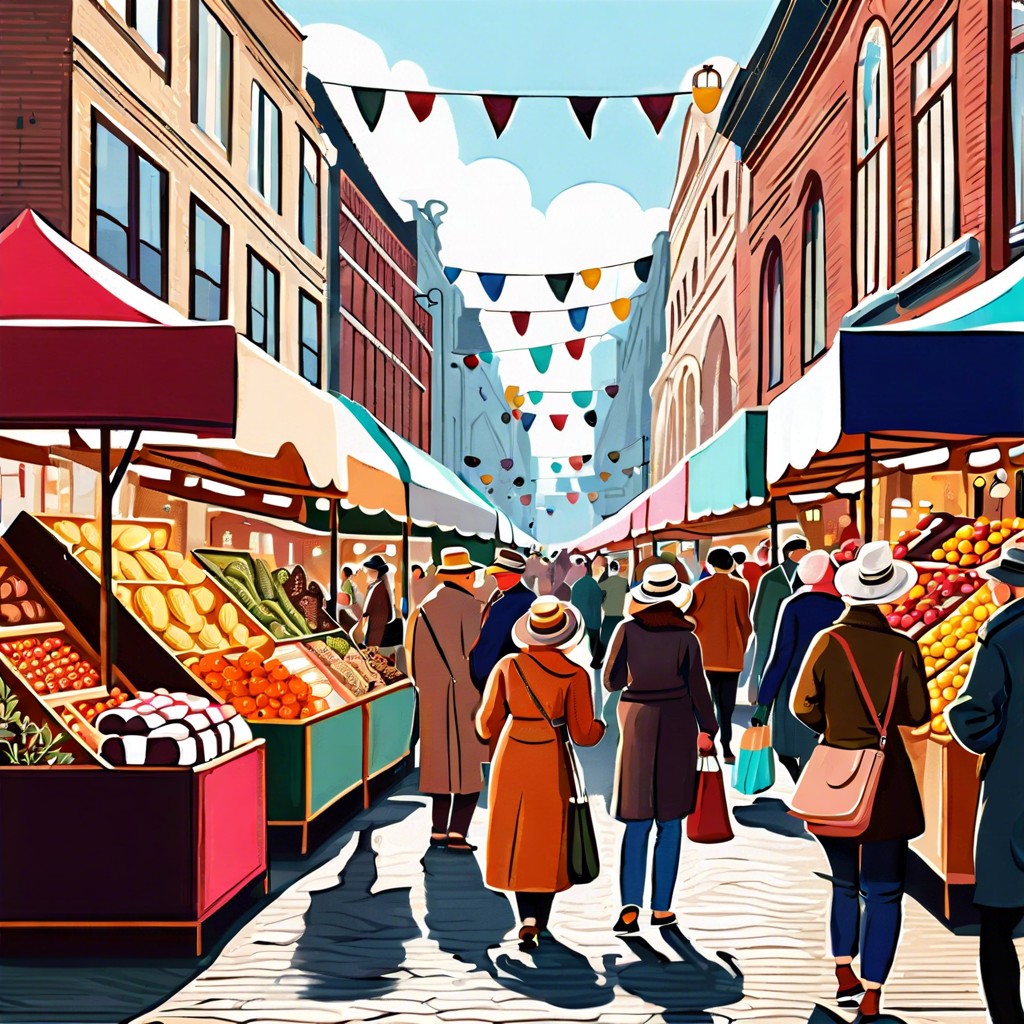
Vintage markets exemplify a flourishing economic sub-sector, tapping into the consumer desire for unique, historical pieces. These markets function as hubs for trade in pre-owned goods, which simultaneously contributes to the preservation of cultural heritage and promotes sustainable consumer practices. Collectors and casual shoppers alike are drawn to the thrill of discovering one-of-a-kind items, thus fueling a vibrant, eclectic marketplace.
Supporting small businesses is integral to the vintage market ecosystem. Independent dealers and shop owners often anchor these markets, and their success is pivotal to local economies. Thriving vintage markets can lead to the revitalization of urban areas, inviting additional investment and increasing property values.
The impact on employment cannot be overlooked. The required expertise to authenticate, restore, and trade vintage goods creates specialized job opportunities. Moreover, the popularity of vintage markets has sparked supplemental industries, such as restoration services and vintage-inspired production.
Lastly, vintage markets offer an educational perspective, fostering an understanding of the historical and societal context of various time periods through tangible goods. As customers purchase vintage items, they continue the narrative of those pieces, acknowledging their role in larger economic and cultural stories.
